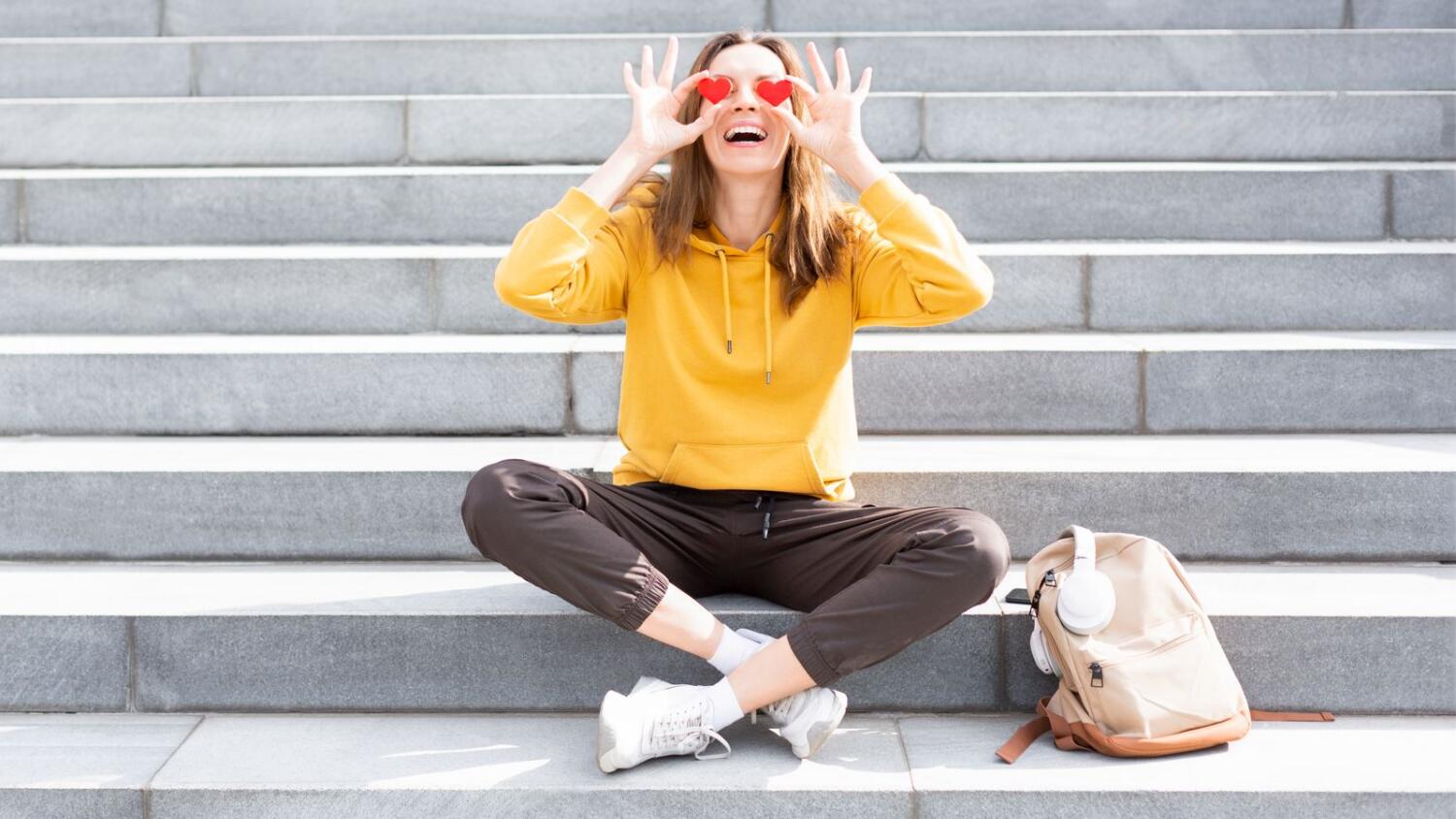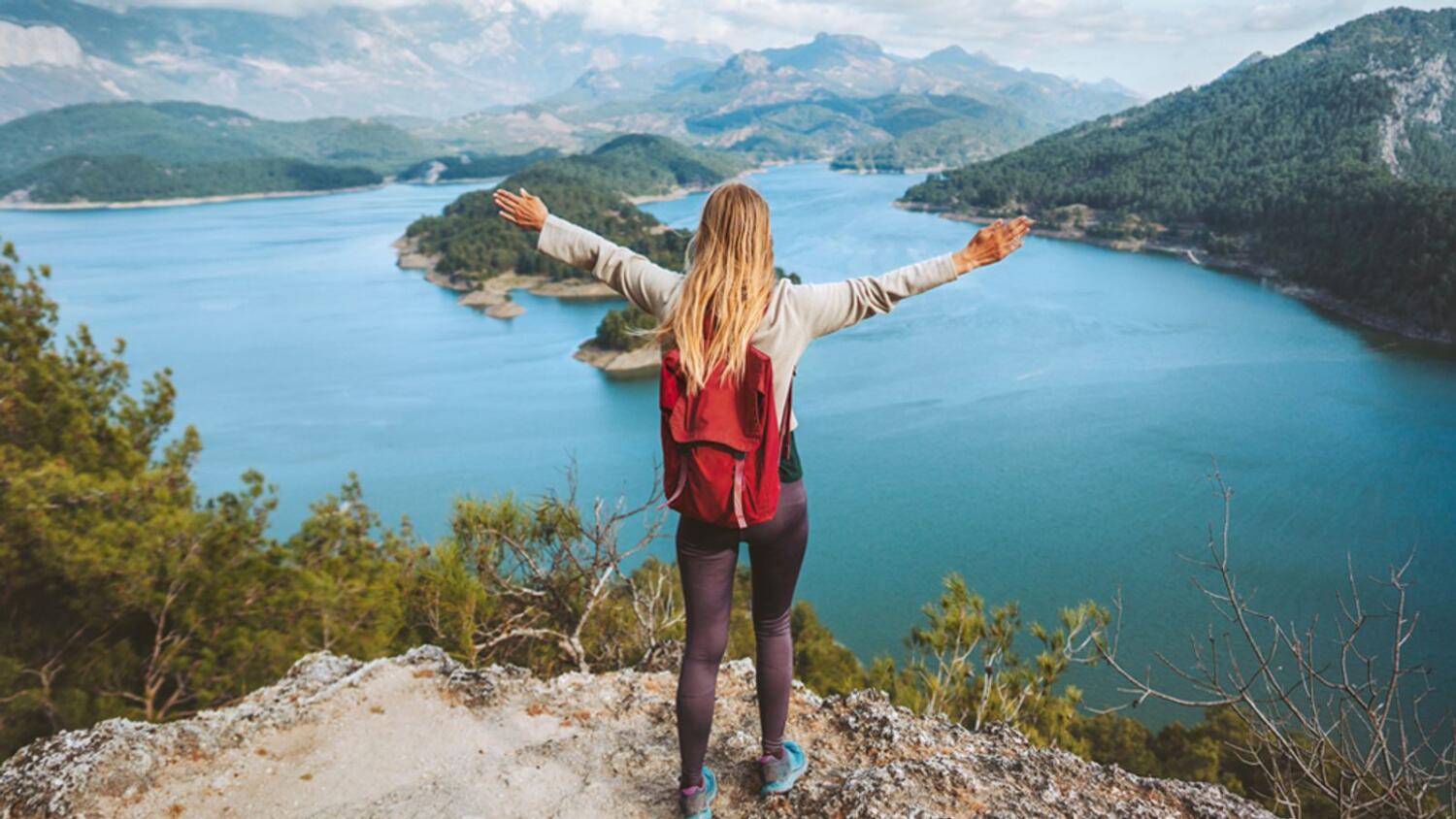It will pass over Saudi Arabia during its descent
Look: UAE astronaut Sultan AlNeyadi shows how water is recycled in space
The precious resource is also used to create clean air by separating oxygen from hydrogen

Water is a very precious resource in space and UAE astronaut Sultan AlNeyadi has tweeted a fresh photo of himself on Friday showing how they recycle water to ensure there is a continuous supply of potable water aboard the orbiting International Space Station (ISS).
Wearing a PPE (personal protective equipment) to prevent contamination, AlNeyadi is seen working on the tank that recycles water. “Ensuring a well-maintained life support system is a key task for astronauts, particularly during long-duration missions,” he noted.
Aside from drinking, water is also used to create clean air by separating oxygen from hydrogen.
How astronauts recycle water

It may sound gross but astronauts do collect water from their urine. There is an entire closed-loop system onboard the ISS dedicated to water.
According to Nasa, astronauts capture wastewater such as urine, sweat, or even moisture from their breath. Then impurities and contaminants are filtered out of the water. The final product is potable water that can be used to rehydrate food, bathe, or drink.
“The Urine Processor Assembly, part of the Water Recovery System, was designed for 85 per cent water recovery from crew urine and has been improved over the last year to now recover 87 per cent because of analysis that showed there was still a margin against calcium sulfate precipitation. That distillate is combined with the condensate and processed through the Water Processing Assembly (WPA), which recovers 100 per cent of the water it processes. As a result, our overall water recovery is about 93.5 per cent,” Layne Carter, ISS Water Subsystem Manager at Marshall, explained back in 2021.
The water recycling is part of the ISS’s regenerative life support hardware called Environmental Control and Life Support System which provides clean air and water for the crew.
Although the ISS recycles much of its water, there are shipments of water during mission resupply from Earth to give astronauts access to clean water.
ALSO READ:
More news from Space
The base, called Mars Dune Alpha, is designed to simulate the challenges that will be faced by the first people on the actual planet
Out of a pool of 4,305 applicants, Nora AlMatrooshi and Mohammad AlMulla were selected to undergo training at Nasa
Ingenuity logged 72 flights over three years, accumulating more than two hours of flight time, travelling 18km — more than 14 times farther than planned
It includes 180 days of research work across four phases with Emirati crew commencing participation in Phase 2
As part of the mission, UAE's space engineers will build a 10-tonne 'Crew and Science' airlock, the entry and exit point for astronauts on the Gateway
The agency's engineers are attempting to re-establish communications with Ingenuity
The rendezvous came about 37 hours after the Axiom quartet's Thursday evening lift-off in a rocketship from Nasa's Kennedy Space Centre











